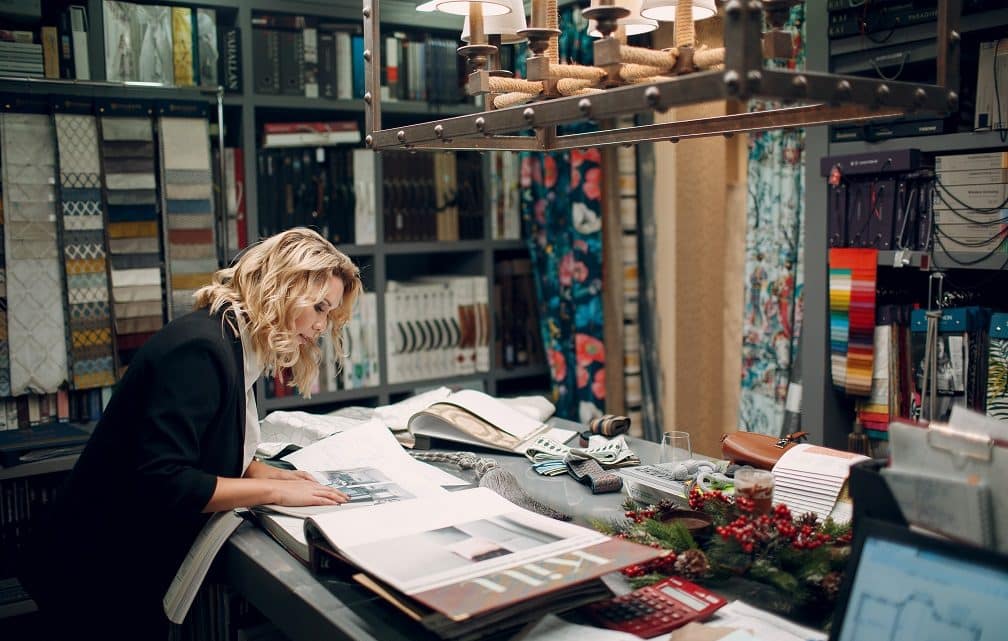If you’re a freelance interior designer, or you’re thinking of starting out as an interior designer, then there are a few essentials you’ll need to help you to protect your livelihood. One of these is general liability insurance. In the following post, we will help you understand general liability to know how to take out general liability insurance. You will also learn why it’s essential for all freelance interior designers. Keep reading if you would like to learn more.
General Liability Explained
So, what is general liability? General liability covers a number of scenarios a business may experience and need cover for. Some of the elements covered by general liability include:
- Bodily injury incurred on your business premises from employees and customers
- Property theft
- Fire damage to your business premises
- Claims against you for faulty products or services
General liability is one of the key types of insurance you should have in place as a freelance interior designer to help prevent your business from shutting down. Many of the things a general liability policy covers could permanently put an end to your business due to the cost they involve to recover from.
For example, legal claims made against you could prove incredibly expensive and make a huge dent in your business finances, potentially making it difficult to keep operating. Similarly, the cost of fixing repairs or replacing equipment following damage from fire or theft could make it difficult for your business to continue operating, especially when you’re first starting out.
General Liability For Interior Designers
Due to the nature of the job when it comes to being an interior designer, general liability is especially important. As an interior designer, you will be hiring a lot of contractors to carry out your visions, and there is a range of dangers involved with interior design work. For example, contractors will be handling things such as electrics, plumbing, and moving heavy furniture, all of which hold the risk of potential injury. This also means there is room for disgruntled contractors making a claim if they incur an injury whilst working on one of your projects.
General Liability Insurance
When you take out general liability insurance, make sure it covers some specifics that are relevant to your business to avoid any unpleasant surprises. Always read the fine print of an insurance policy and familiarize yourself with it. Research different providers and make sure to read through reviews and ratings from previous customers before deciding on which provider to use.
Make sure the provider is reputable and provides all the services you need. Focus on aspects such as customer service and communication. Make sure you understand the full cover you will be provided with and the process of making an insurance claim.
Other Forms Of Insurance Needed By Interior Designers
It’s important to note that as an interior designer, you will need to take out other forms of insurance as well as general liability. For example, personal injury insurance for any injury you may experience yourself. This will help you out financially with time off from work. You will also need worker’s compensation insurance if you hire employees for your business and contractors hired for your projects. This will help make sure they are supported financially if they require time off from work due to illness, injury, and help pay medical bills. Professional liability insurance covers claims made against you from clients, due to things such as misleading contracts, negligence, and if they are dissatisfied with work.
Following Laws And Regulations As An Interior Designer
One of the best ways to avoid general liability claims being made against your business is to ensure you’re following the correct laws and regulations involved with general liability. You should make sure you understand all the laws and regulations involved with carrying out interior design work to help you avoid making mistakes and facing legal action. You need to make sure you’re doing everything you can to have a high standard of quality and safety for you, your contractors, customers, and any employees you may hire. Focus on areas such as health and safety in the workplace and assess worksites yourself to ensure regulations are being followed correctly.

